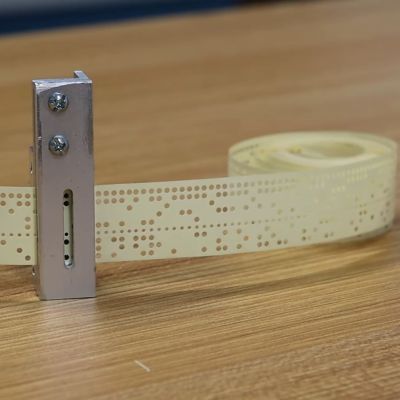Humans first visited the Moon in 1969. The last time we went was 1972, over 50 years ago. Back then, astronauts in the Apollo program made their journeys in spacecraft that relied on remarkably basic electronics that are totally unsophisticated compared to what you might find in an expensive blender or fridge these days. Core among them was the Apollo Guidance Computer, charged with keeping the craft on target as it travelled to its destination and back again.
Marc Verdiell, also known as CuriousMarc, is a bit of a dab hand at restoring old vintage electronics. Thus, when it came time to restore one of these rare and storied guidance computers, he was ready and willing to take on the task. Even better, he came to the 2023 Hackaday Supercon to tell us how it all went down!
Continue reading “Supercon 2023: Restoring The Apollo Guidance Computer”



















